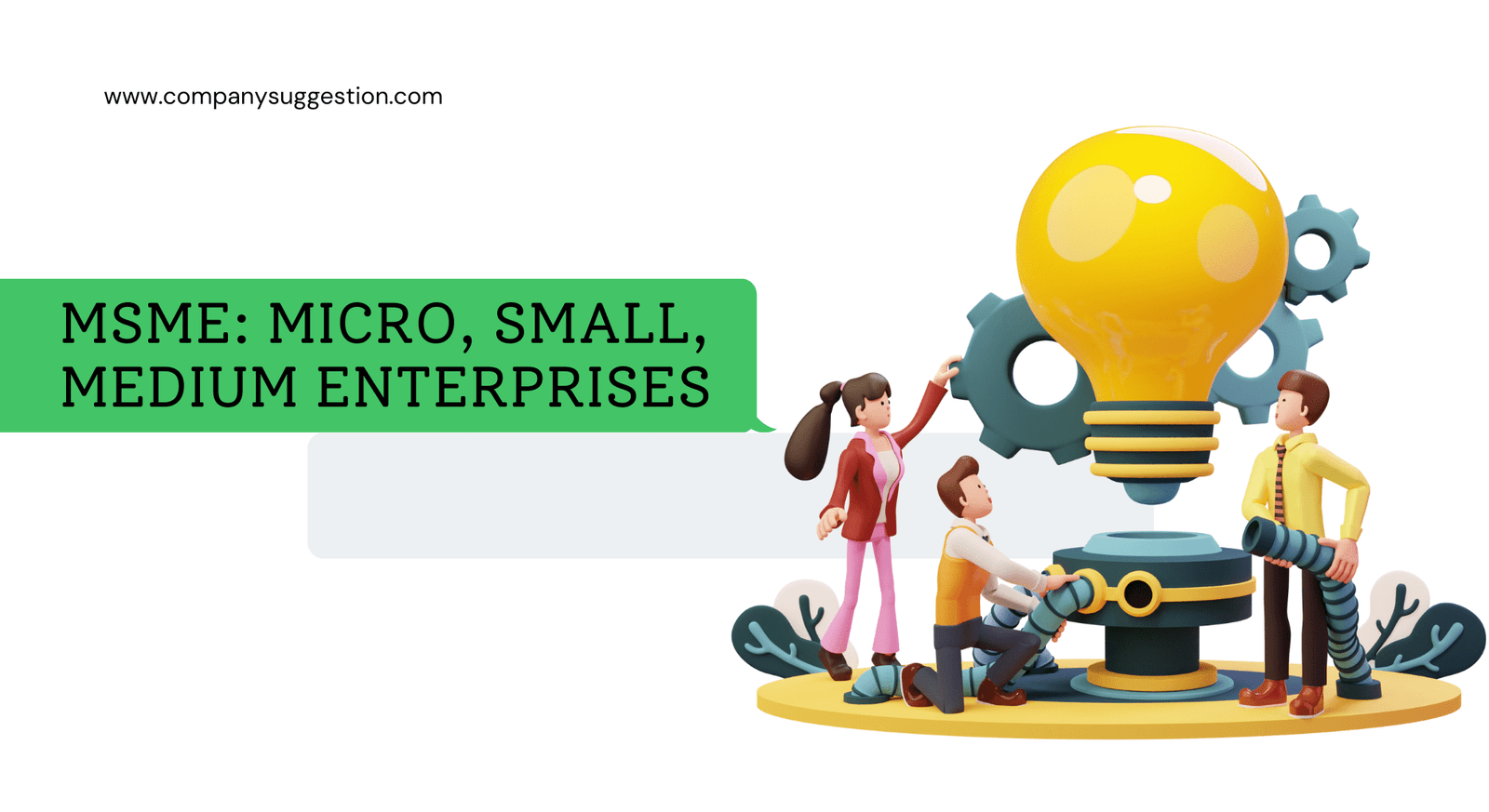Access To Funding: Supporting Sustainability In Small And Medium Enterprises

Table of Contents
Challenges SMEs Face in Securing Sustainable Funding
SMEs often face significant barriers when seeking funding for sustainability projects. These obstacles can be broadly categorized into three key areas: limited access to traditional financing, lack of awareness of funding opportunities, and the high initial investment costs associated with sustainable practices.
Limited Access to Traditional Financing
Securing loans or investments from banks and traditional financial institutions can be incredibly challenging for SMEs pursuing sustainability initiatives. This is often due to a perception of higher risk associated with these projects, a lack of sufficient collateral, or an insufficient financial history.
- High interest rates: Traditional lenders often charge higher interest rates on loans for projects deemed "risky," including those with a sustainability focus.
- Stringent lending requirements: SMEs may struggle to meet the strict requirements for loan applications, including detailed financial projections and extensive collateral.
- Lengthy application processes: The application process for traditional loans can be lengthy and complex, deterring SMEs with limited resources and time.
- Bias against environmentally focused projects: Some lenders may be hesitant to invest in projects perceived as having uncertain returns, despite their long-term environmental and social benefits. For example, a small brewery seeking funding to install a water reclamation system might face more scrutiny than one seeking funds for a marketing campaign.
Lack of Awareness of Funding Opportunities
Many SMEs are simply unaware of the diverse funding options available to support their sustainability goals. This lack of knowledge hinders their ability to access crucial financial resources.
- Difficulty navigating complex application processes: The application processes for grants, subsidies, and impact investments can be intricate and overwhelming, requiring significant time and administrative resources.
- Insufficient information on eligibility criteria: SMEs may struggle to determine if they meet the eligibility requirements for specific funding programs, leading to missed opportunities.
- Lack of networking opportunities with relevant funding organizations: Limited access to industry networks and connections with relevant funding organizations can prevent SMEs from discovering suitable funding options. Examples of such programs include the EU's Horizon Europe program or various national-level green initiatives, which are often complex to navigate without expert help.
High Initial Investment Costs of Sustainable Practices
Implementing sustainable technologies and practices often requires significant upfront capital investment, posing a substantial barrier for SMEs with limited budgets.
- Investing in renewable energy: Switching to renewable energy sources, such as solar or wind power, can involve substantial upfront costs for equipment and installation.
- Adopting circular economy models: Implementing circular economy principles, such as waste reduction and recycling, requires investment in new technologies and processes.
- Implementing energy-efficient technologies: Upgrading to energy-efficient equipment and machinery can be costly, but it can lead to long-term savings.
- Upgrading waste management systems: Implementing improved waste management systems, such as composting or anaerobic digestion, involves significant upfront investment. For instance, installing a new waste sorting system in a food processing plant requires considerable capital outlay.
Exploring Funding Avenues for Sustainable SMEs
Despite the challenges, numerous funding avenues exist for SMEs committed to sustainability. These include government support, impact investing, alternative financing methods, and innovative financial instruments.
Government Grants and Subsidies
Governments at various levels often provide grants and subsidies to encourage sustainable practices among SMEs. These programs can significantly reduce the financial burden of implementing sustainable initiatives.
- Types of grants available: Grants may cover a wide range of sustainability-related projects, including energy efficiency upgrades, waste reduction initiatives, and the adoption of renewable energy technologies.
- Eligibility requirements: Each grant program has specific eligibility criteria, so careful research is crucial.
- Application procedures: The application process for government grants can be complex, requiring detailed proposals and thorough documentation.
- Success stories: Numerous examples demonstrate how government funding has enabled SMEs to successfully implement sustainable practices. For example, many countries offer subsidies for installing solar panels on business premises.
Impact Investing and Venture Capital
Impact investing and venture capital are increasingly focusing on environmentally and socially responsible businesses. These investors seek both financial returns and positive social and environmental impact.
- What is impact investing?: Impact investing prioritizes measurable social and environmental impact alongside financial returns.
- How does it differ from traditional investment?: Unlike traditional investment, impact investing considers the social and environmental impact of the investment alongside the financial return.
- Examples of impact investors focusing on SMEs: Numerous impact investment funds and venture capital firms specifically target SMEs with sustainable business models. Their due diligence process carefully assesses both financial and social/environmental performance.
Crowdfunding and Peer-to-Peer Lending
Crowdfunding platforms and peer-to-peer lending networks offer alternative financing options for SMEs, leveraging the power of online communities.
- Advantages and disadvantages: Crowdfunding can be a powerful tool for raising awareness and securing funding, but it requires a strong online presence and a compelling narrative. Peer-to-peer lending offers a relatively straightforward process but may involve higher interest rates than traditional loans.
- Examples of successful crowdfunding campaigns: Many sustainable SMEs have successfully used crowdfunding to finance their projects, showcasing the potential of this approach. A compelling video and social media strategy are crucial for maximizing campaign success.
Green Bonds and Sustainable Finance Instruments
Green bonds and other sustainable finance instruments are becoming increasingly prevalent, providing dedicated funding for environmentally friendly projects.
- What are green bonds?: Green bonds are debt securities issued to finance projects with environmental benefits.
- How can SMEs access them?: While access might be challenging for very small SMEs, larger ones might be eligible to issue their own green bonds or find investors willing to purchase them.
- Benefits and drawbacks: Green bonds can offer favorable interest rates and attract environmentally conscious investors, but accessing them may require meeting specific green criteria and navigating a complex market.
Strategies for Improving Access to Sustainable Funding
SMEs can take proactive steps to improve their access to sustainable funding. This involves strengthening their business plans, networking strategically, and obtaining relevant certifications.
Building Strong Business Plans and Financial Models
Developing a compelling business plan that clearly demonstrates the financial viability and environmental benefits of a sustainable project is crucial for attracting investors.
- Key elements of a strong business plan: A comprehensive business plan should include detailed market analysis, financial projections, a clear implementation plan, and a strong sustainability strategy.
- Incorporating sustainability metrics into financial projections: Showcasing how sustainability initiatives can lead to cost savings, increased efficiency, and improved profitability is vital.
- Showcasing environmental and social impact: Quantifying the environmental and social benefits of the project will enhance its attractiveness to impact investors.
Networking and Building Relationships with Investors
Actively networking with potential investors, including impact investors, venture capitalists, and government agencies, is essential for securing funding.
- Attending industry events: Participating in relevant industry events provides opportunities to connect with potential investors and learn about funding opportunities.
- Joining relevant associations: Membership in industry associations can facilitate networking and access to valuable resources.
- Utilizing online networking platforms: Online platforms can be effective tools for connecting with investors and sharing information about sustainable business initiatives.
Utilizing Sustainability Certifications and Labels
Obtaining relevant sustainability certifications and labels can significantly increase investor confidence and attract funding.
- Examples of relevant certifications (e.g., B Corp, LEED): These certifications demonstrate a commitment to sustainability and can enhance an SME's credibility with investors.
- Benefits of certification for attracting investors: Certifications can act as a signal of quality, reducing the perceived risk for investors and increasing their willingness to provide funding.
Conclusion
Securing funding for sustainability initiatives remains a significant challenge for many SMEs. However, diverse funding avenues are available, including government grants, impact investing, alternative finance, and green bonds. By proactively seeking out available funding options, developing strong business plans, and highlighting their commitment to sustainability, SMEs can unlock the financial resources needed to build a more sustainable and profitable future. Don't let limited access to funding hinder your sustainability journey; explore the various avenues for access to funding supporting sustainability in small and medium enterprises today!

Featured Posts
-
 I Dilosi Toy L Tzoymi Gia To Kypriako Kateynasmos Enanti Tis Toyrkikis Paroysias
May 19, 2025
I Dilosi Toy L Tzoymi Gia To Kypriako Kateynasmos Enanti Tis Toyrkikis Paroysias
May 19, 2025 -
 The Publics Response To The Income Disparity Between Colin Jost And Scarlett Johansson
May 19, 2025
The Publics Response To The Income Disparity Between Colin Jost And Scarlett Johansson
May 19, 2025 -
 Elecciones En Cortes Los Aspirantes A Diputados Del Movimiento Rescate Y Transformacion
May 19, 2025
Elecciones En Cortes Los Aspirantes A Diputados Del Movimiento Rescate Y Transformacion
May 19, 2025 -
 Rs 44 Crore Bugatti Details Of Haalands Latest Purchase
May 19, 2025
Rs 44 Crore Bugatti Details Of Haalands Latest Purchase
May 19, 2025 -
 Trump In Gazze Skandali Dansoezler Altin Ve Milyarderlerin Rolue Desifre Edildi
May 19, 2025
Trump In Gazze Skandali Dansoezler Altin Ve Milyarderlerin Rolue Desifre Edildi
May 19, 2025
